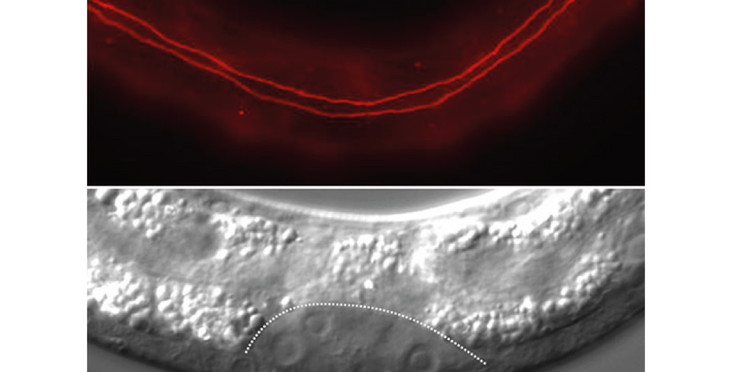FMI News Article
Genes that time the transition to adulthood are well-studied in the roundworm C. elegans, and at least partially conserved in mammals, where they regulate the onset of puberty. Juvenile worms turn into adults when a protein called LIN-29 accumulates in sufficient amounts. By studying two variants of LIN-29, the group of Helge Grosshans reveals that temporal coordination of events during the transition to adulthood involves a branched pathway rather than a linear chain of events.
